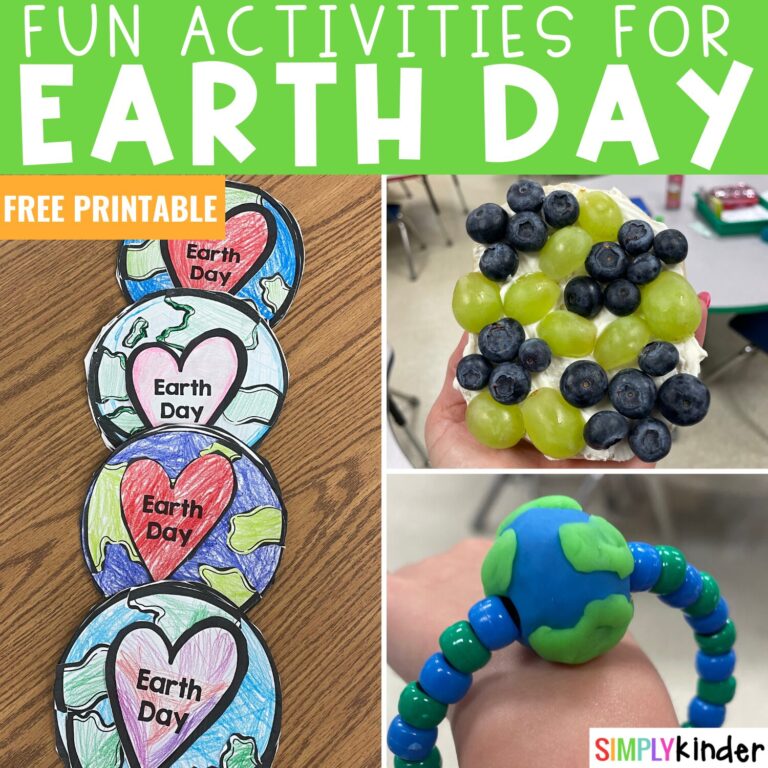
Home » What are the Best Pencils for Kindergarten
Have you already started thinking about next year? Only a few hours, days, or weeks into the summer, and the wheels are already spinning. Did you know that on average a pencil will be sharpened 17 times, can draw a line 35 miles long, and write approximately 45,000 words? Crazy!
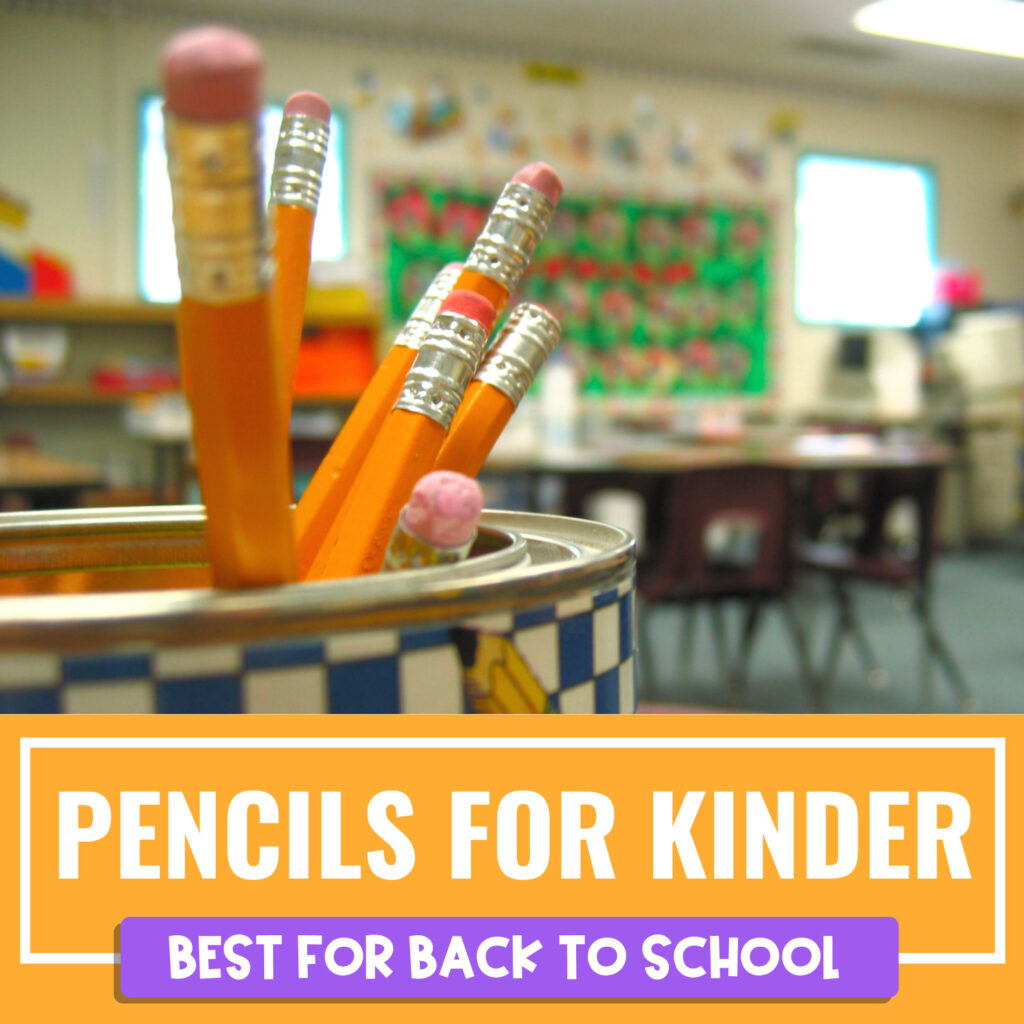
Which pencils do you use? Which pencil is best for your youngest learners? Skinny? Fat? Long? Short? Learn more about pencils in kindergarten here!
This article contains affiliate links. These links cost nothing for you to click and we only share things we like.
This activity goes well with these resources:
Let’s break it down.
When you think about the typical choices presented to kindergarten students, three pencil types come to mind.
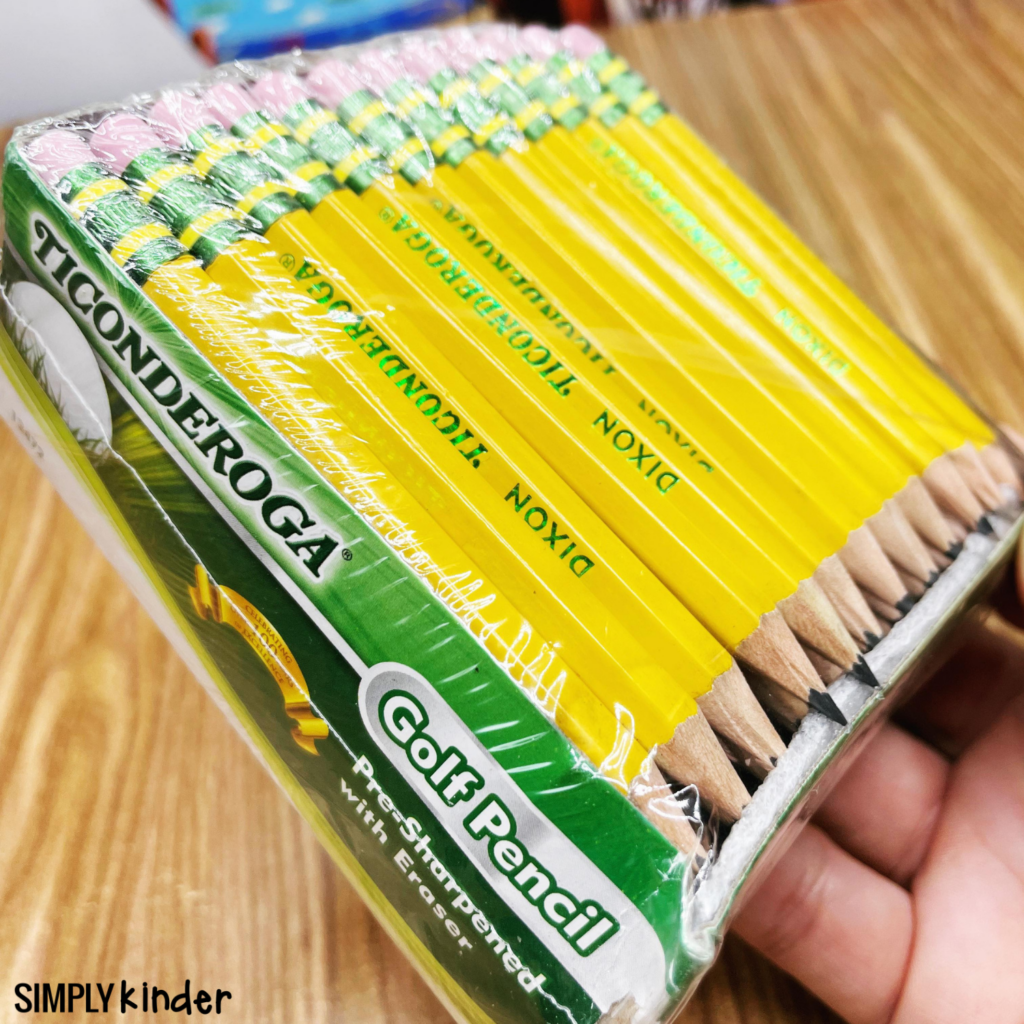
Golf Pencils
Benefits:
Drawbacks:
You can pick up golf-sized pencils we recommend here:
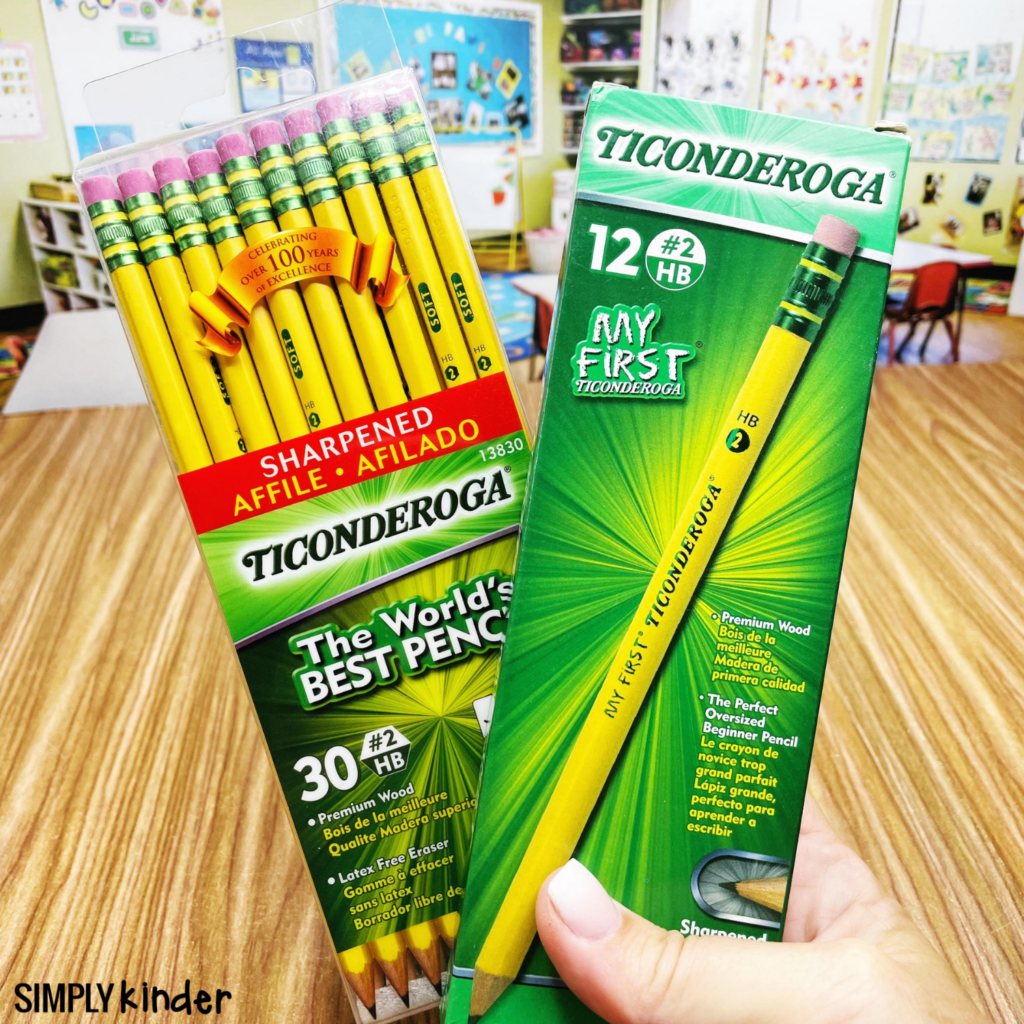
Benefits:
Drawbacks:
You can pick up primary pencils we recommend here:
Benefits:
Drawbacks:
You can pick up traditional pencils we recommend here:
You may also notice that all of our recommendations are Ticonderoga. We are not affiliated with them in any way but know that these are the most durable pencils for kindergarten.
What’s the REALITY of the pencils you use in kindergarten?
The reality is that you may start with one pencil and transition to others. Many teachers will start with golf or primary and about winter break transition to traditional size pencils. Or you may just start off with one and keep it there all year. It’s really a choice you have to see works for you and your students.
Whichever pencil you choose, make sure you keep the pencil reasonably sharp in order to decrease frustration. You can encourage students to sharpen their own pencils with a manual sharpener to help increase bilateral hand coordination (not sure I would do that in kindergarten but it is recommended by professionals).
While each pencil type has benefits and drawbacks, it may not be as easy as picking just one type for your room. When picking pencils, one size does not fit all. Just like you plan to provide many different types of writing opportunities and experiences, it might be best practice to provide more than one type of pencil. Which will pencils will meet the needs of your students?
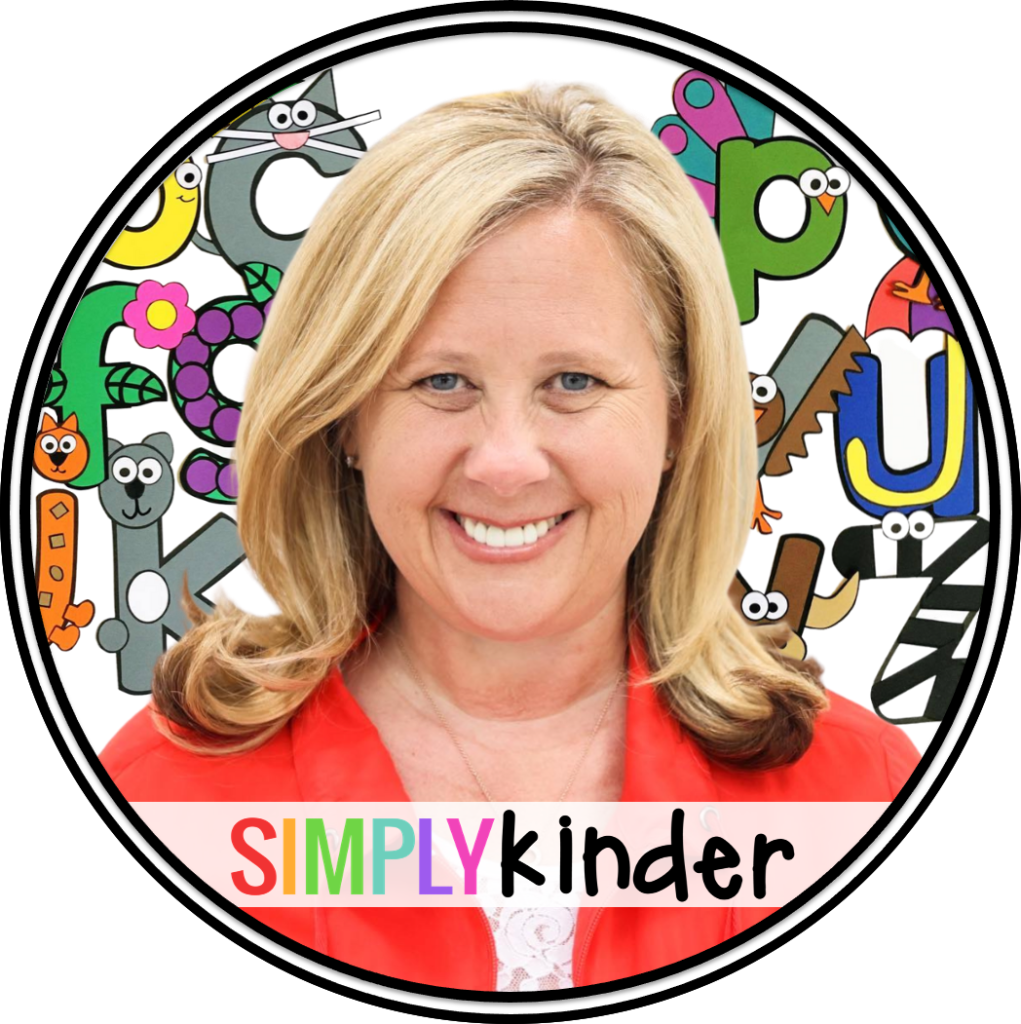
With Unmatched Printables & Engaging Classroom Ideas, Simply Kinder is your TRUSTED TEAMMATE.
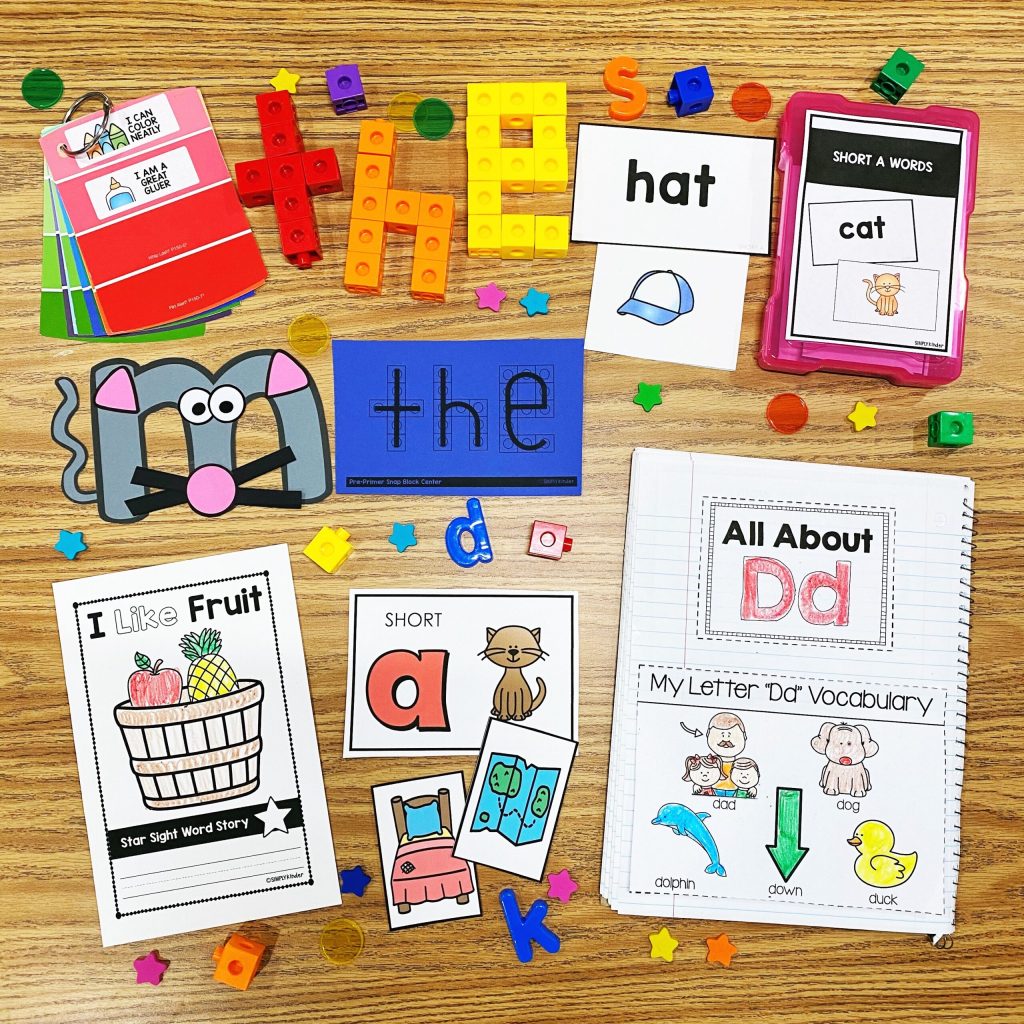
Get our emails loaded with free resources, teaching ideas, and so much more!

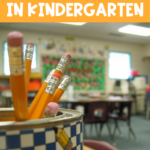
You might also like: